You’ve downloaded the Pokémon GO app, agreed to the privacy policy and permissions, even roamed the neighborhood to “catch ‘em all!” Now it’s time to meet the real-life American cousins to some of our favorite Pokémon.
Ponyta & Assateague Wild Horses
Assateague’s wild horses are well known, even to many people who have never been to the island. Many visitors first learn about the Assateague horses from Marguerite Henry’s famous book Misty of Chincoteague.
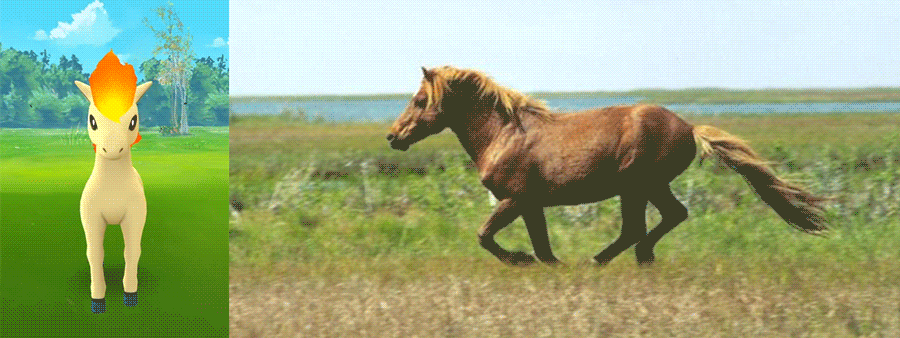
The Assateague horse is the feral descendant of domestic horses that, along with its herd, exist in a wild state. Enjoy its beauty from a Poké-ball-free distance, and you can help make sure these extraordinary wild horses will continue to thrive. NPS Photo.
Horses tough enough to survive the scorching heat, abundant mosquitoes, stormy weather and poor quality food found on this remote, windswept barrier island have formed a unique wild horse society. Local folklore describes the Assateague horses as survivors of a shipwreck off the Virginia coast. While this dramatic tale of struggle and survival is popular, there are no records yet that confirm it.
There are two herds (one in Maryland, one in Virginia), which have divided themselves into bands of two to twelve animals and each band occupies a home range. The National Park Service manages the Maryland herd. The Chincoteague Volunteer Fire Company owns and manages the Virginia herd. It is the Virginia herd which is often referred to as the “Chincoteague” ponies.
The book Misty of Chincoteague takes place during a traditional Chincoteague festival called “Pony Penning.” On the last Wednesday of July, the Virginia herd of horses is rounded up and swum from Assateague Island to nearby Chincoteage Island. On the following day most of the young foals are auctioned off. Proceeds from the sale benefit the Chincoteague Volunteer Fire Department. Check out the full story.
Eevee & the Red Fox
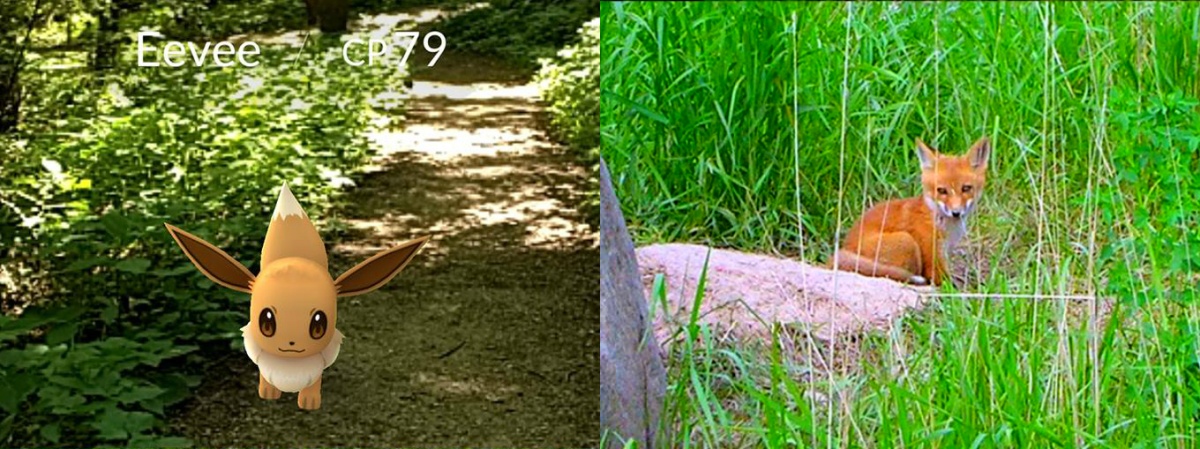
Credit our friends at the U.S. Fish and Wildlife Service for these pictures of adorable Eevee and a red fox. It’s OK to catch Eevee, but the red fox would prefer to remain outside a Poké ball. And if you’re hiking Yosemite National Park and spot a Sierra Nevada red fox, definitely leave it alone. It’s a candidate for endangered species protection.
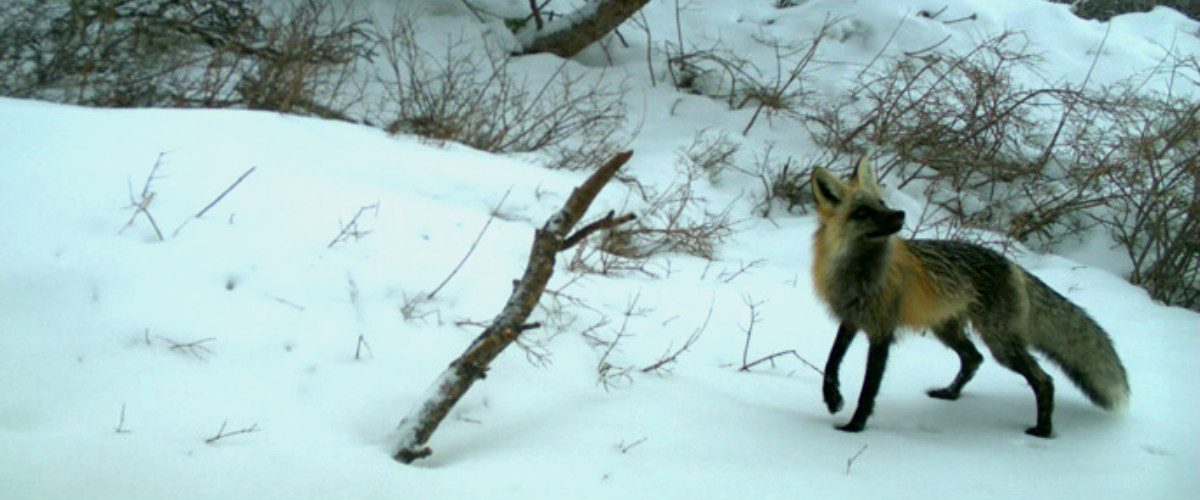
Poliwag & the Transparent Tadpole
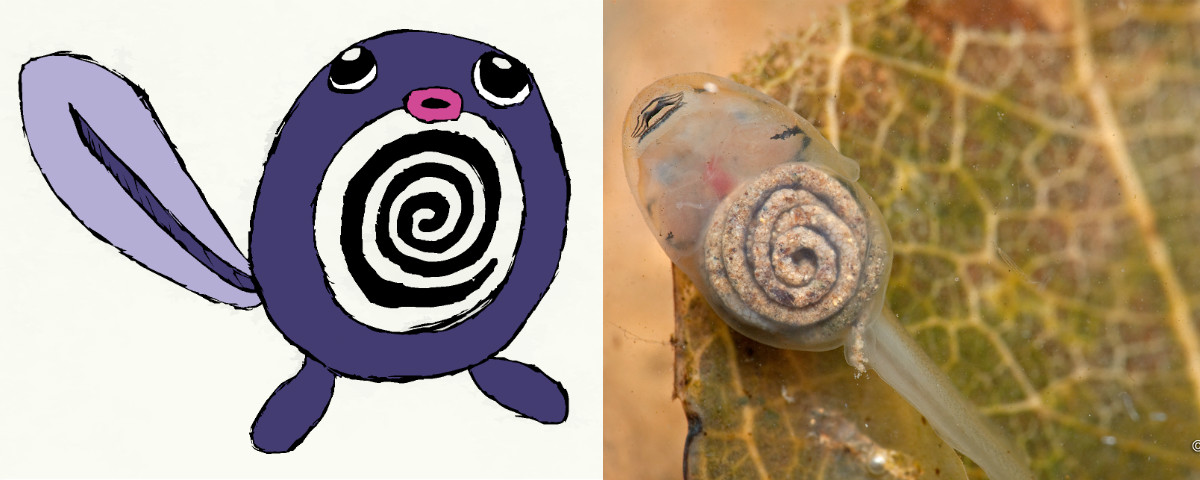
That curly design on Poliwag (or its more “adult” forms, Poliwhirl and Poliwrath) isn’t just for show. Those are the intestines of a transparent tadpole! Melvyn Yeo’s excellent tadpole photo (above, right) was taken in Singapore, but the photo below was taken in the U.S. It’s a tad from a Mexican burrowing toad (of Rhinophrynus dorsalis). We can’t quite see its insides, the way you can the Poliwag’s.
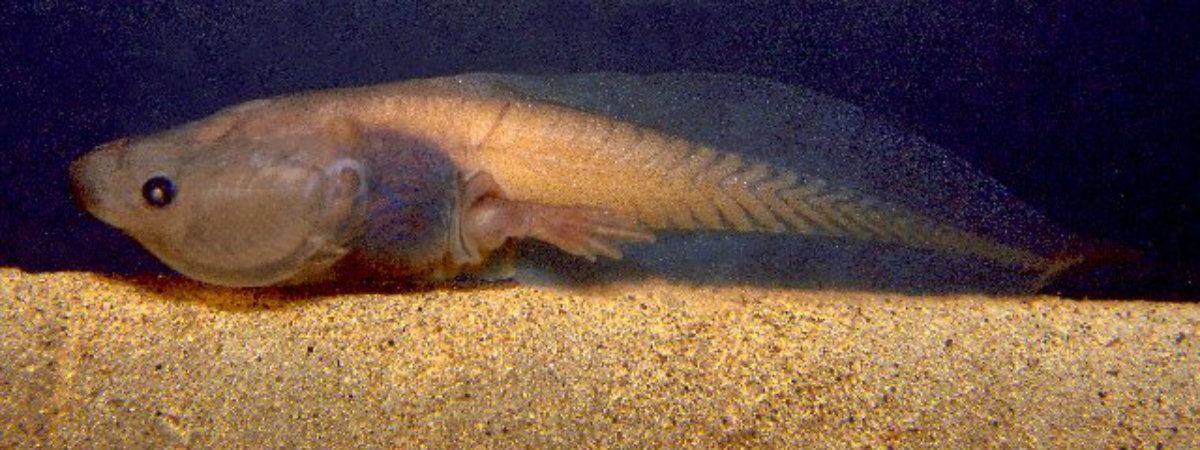
Some tadpoles are plentiful. Others are endangered. Pinnacles National Park (home of hot, dry summers — and probably not the first place you’d think-of for tads) hosts eight species, including the Pacific tree frog, California red-legged frog, and the western toad. The best time to see most amphibian species at Pinnacles is on warm, rainy nights (especially in November and March). They may also be active during the day in the rainy season.
Western toads are active in the evening through May. California red-legged frogs are uncommon and found mostly near ponds and deep sections of streams in spring and summer. Pacific tree frogs are abundant near streams and ponds, and may be heard calling during all but the driest months of the year. Their tadpoles are widespread and commonly seen throughout spring and early summer. Red-legged frog and western toad tadpoles are usually found in only a few places in the Park.
Red-legged frogs are listed as a Threatened species under the Endangered Species Act, so don’t try to catch ‘em!
Pikachu & the Deer Mouse
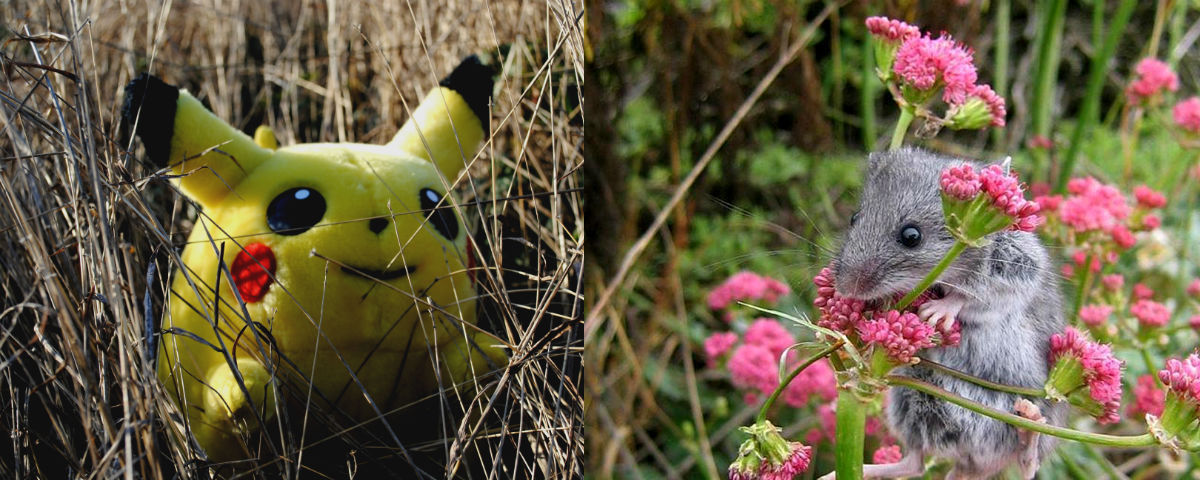
This fan-favorite is a bigger (electric) mouse than we’re likely to see on any public lands, but we can find its little buddy, the deer mouse, across North America. The nibbler in the photo comes from Channel Islands National Park and is from the distinct species of island deer mouse (Peromyscus maniculatus).
Beedrill & Hornet
Beedrill — oddly not a bee. According to the lore, the Pokémon Beedrill is based on the Japanese hornet. Here in the U.S., we have the European hornet (Vespa crabro). Yes, the hornet of America is the European hornet. It migrated with people.
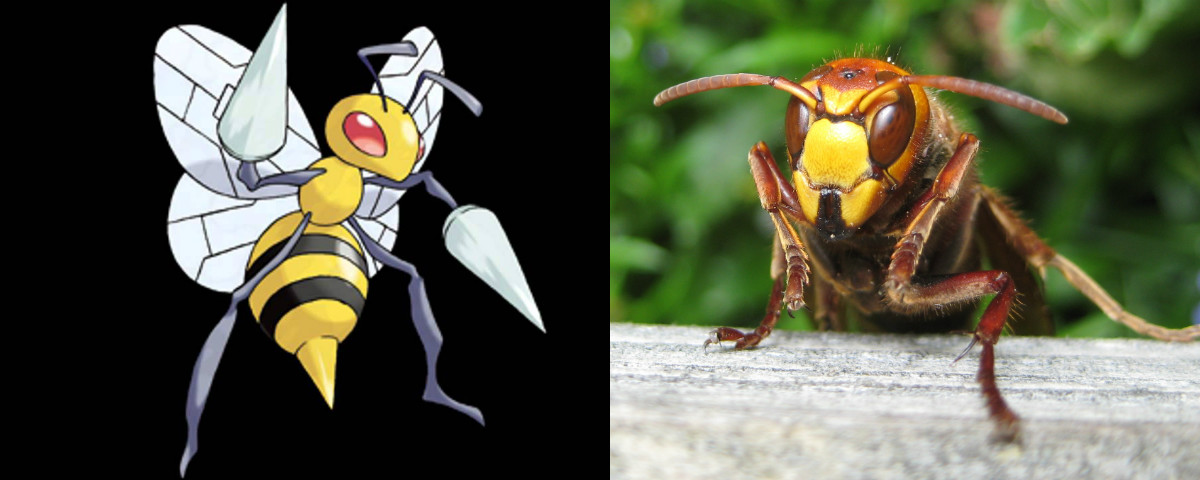
Hornets are best left outside of Poké balls. They sting and their venom is unsafe even from their fellow hornets.
What public lands can host hornets? Most of them. Here’s a photo from Catoctin Mountain Park in Maryland.
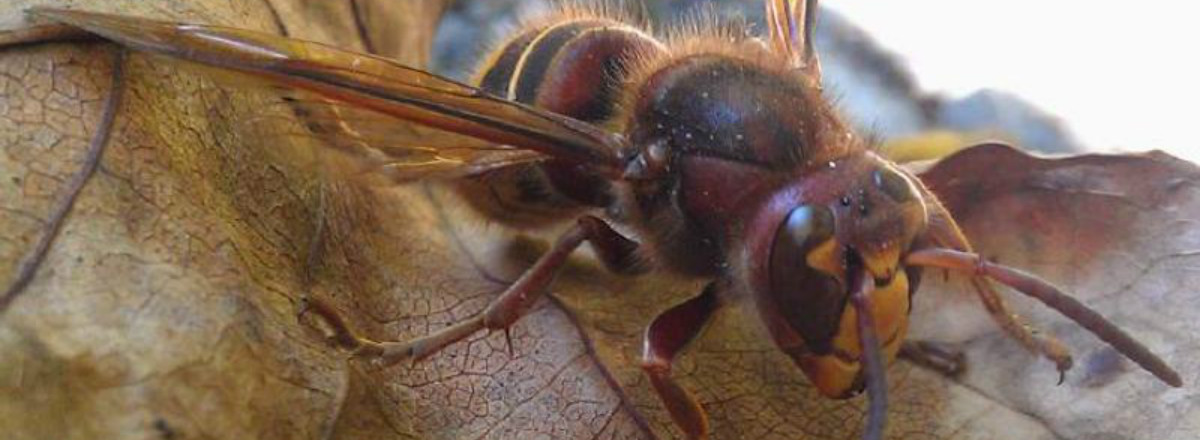
Those are our Top 5, but we had to share this bonus Pokemon.
Bouffalant & Bison

The Bouffalant has style, true, and has obviously seen more salon time than our bison has, but we’re keeping the bison for our seal! Check out the National Park Service site for Theodore Roosevelt National Park for a quick “How to” on what to do if you meet bison at the park. Bison can be as dangerous for humans as bouffalant can be for Pokémon, even the cute ones.

We hope you get to enjoy America’s public lands — and check out all the living creatures that make these lands their home.


